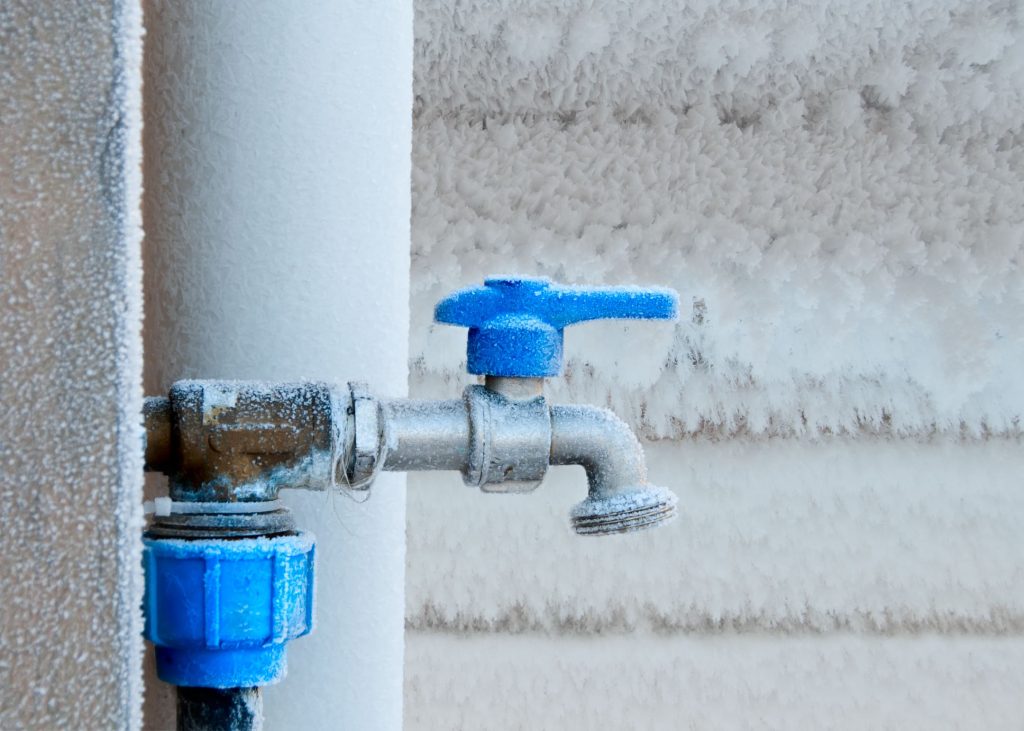Winter's freezing temperatures can wreak havoc on your home's plumbing system. A burst pipe does more than disrupt your daily routine—it can lead to extensive water damage and costly pipe repairs. Fortunately, you can take several preventive steps to protect your pipes and avoid expensive emergency repairs during the cold months ahead.
Know the Warning Signs of Frozen or Burst Pipes
Being able to identify potential problems early can help you avoid catastrophic pipe failures. Watch for these key warning signs, and take immediate action to prevent more serious damage:
- Unusual sounds like banging or clanking when running water
- Reduced water pressure or complete loss of water flow
- Frost on visible pipes, especially in unheated areas
- Damp or wet spots on walls or ceilings
- Musty odors coming from walls or floors
- Unexplained increases in water bills
Protect Your Outdoor Plumbing
Your outdoor plumbing is particularly vulnerable to freezing temperatures. Before winter arrives, start by disconnecting and draining all garden hoses. Next, locate and close the indoor shut-off valves that supply your outdoor faucets. Once you've shut off the water supply, drain the outdoor faucets completely to prevent any remaining water from freezing and causing damage.
For added protection, install insulated covers on all outdoor faucets, and don't forget to remove and store any outdoor water features or fountains until warmer weather returns.
Insulate Vulnerable Indoor Pipes
Pipes along exterior walls or in unheated spaces face the highest risk of freezing. Have a professional add foam pipe insulation to exposed pipes in crawl spaces, basements, and attics to protect them during cold snaps.
Pay particular attention to pipes running along exterior walls, as these are especially susceptible to freezing. For areas that consistently face extreme cold, consider using heat tape or heat cables for additional protection. Seal any gaps or cracks in walls where cold air might enter, and add extra insulation to walls containing plumbing.
Maintain Proper Temperature Throughout Your Home
Keep your home warm to prevent frozen pipes. Maintain a consistent thermostat setting day and night, even if you typically lower the temperature while sleeping. During particularly cold spells, open cabinet doors under sinks to allow warm air to circulate around the pipes.
Never set your thermostat below 55°F, even when you're away from home for extended periods. This includes heating all areas of your home, including unused rooms. For particularly cold areas, consider using space heaters while following proper safety guidelines.
Let Faucets Drip During Extreme Cold
When the mercury drops below freezing, a simple dripping faucet can save you from disaster. Start with faucets connected to exterior walls and those furthest from your main water line—these pipes face the highest risk of freezing. Turn on both hot and cold water to create a steady drip. Sure, you'll see a slight bump in your water bill, but it's much less expensive than the cost of repairing a burst pipe.
Preparing for Winter Success
Take these steps now to prevent emergencies later. Above all, repair any existing plumbing problems—winter conditions can quickly transform small issues into costly emergencies.
With over 50 years of experience serving Missouri communities, Clements Plumbing Heating and Air can prepare your home's plumbing system for winter. Contact our team of trained experts today to schedule a winter preparation inspection and protect your home from costly pipe repairs.
